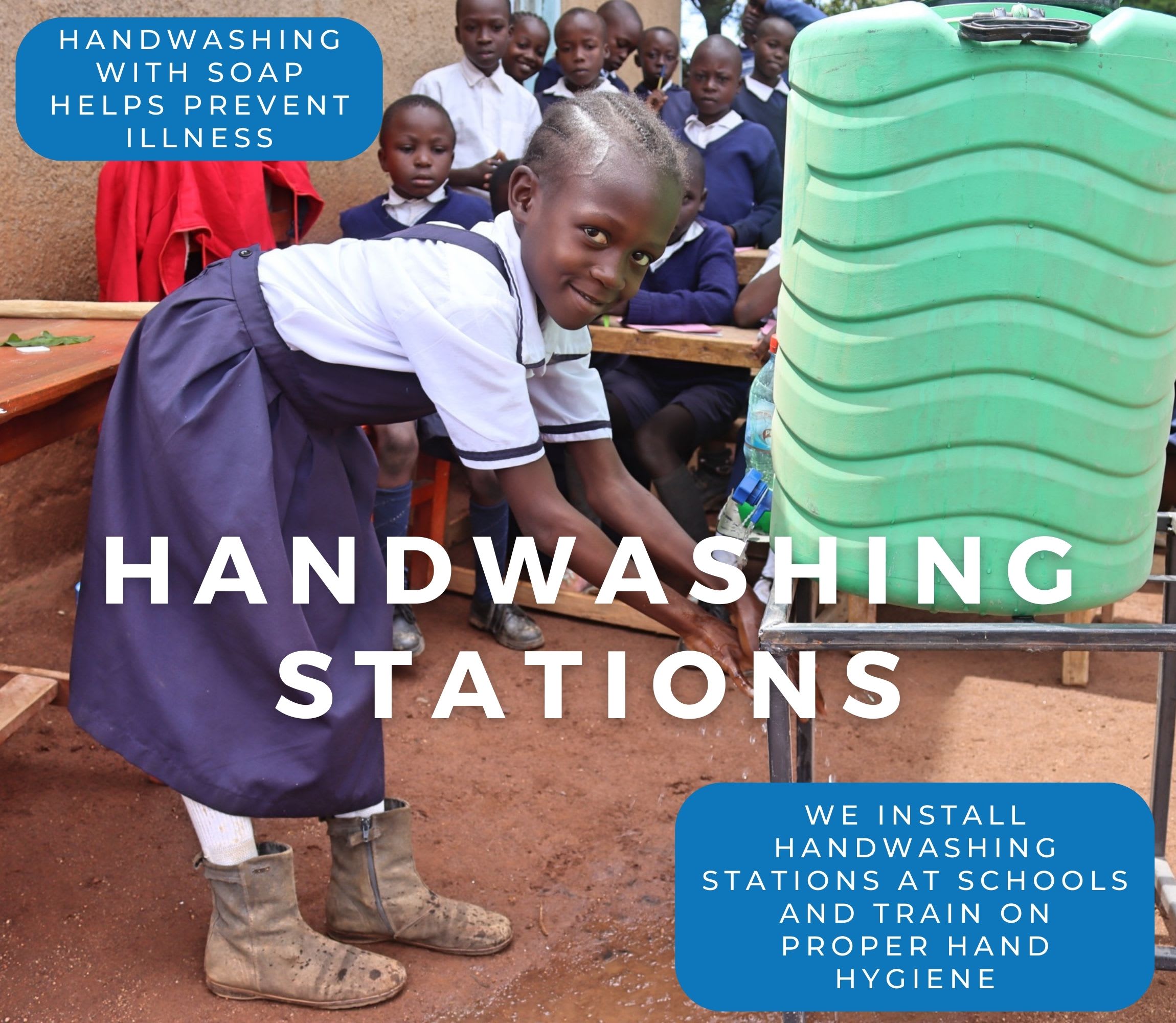The 390 students of Kisama Primary School, accompanied by 17 staff members, wonder every day where their water will come from. Although they have two sources on campus, small plastic rain tanks and a seasonal well, they are unreliable, forcing them to rely on water vendors who cart water in at a high cost. Not only is the water financially straining, but it is also frequently unsafe, posing a serious risk to the health of students and staff.
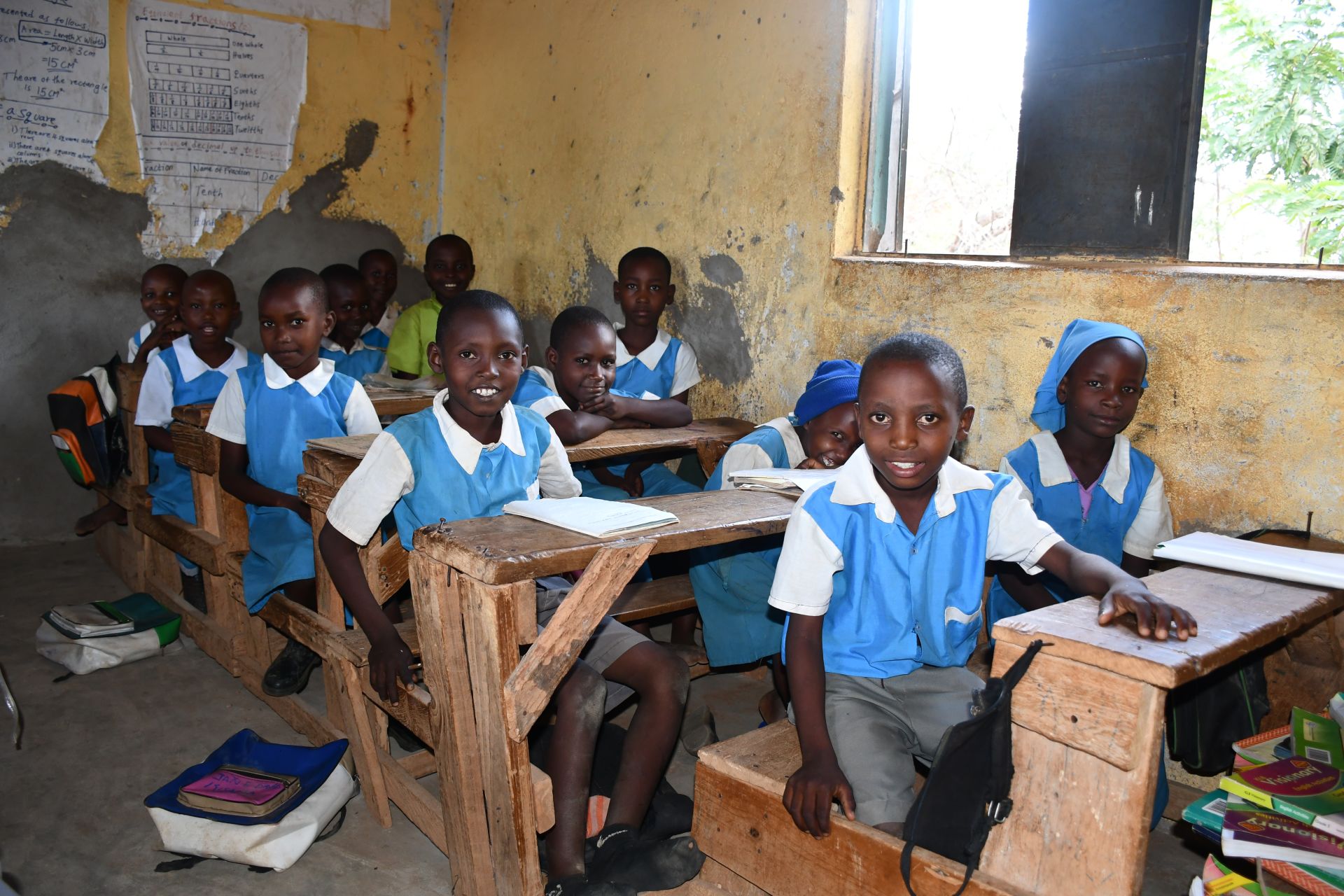
Field Officer Alex Koech described the situation, "The school depends on the rainwater tanks to get water for drinking, cooking, and cleaning, but the tanks' small capacity cannot sustain the school's entire operations. Thus, they have to purchase water during the drought period or once the tanks are depleted. This expense is carried over to the already struggling parents, and pupils have to [be] sent home to remind parents to pay. The vendor also relies mostly on scoop holes in the seasonal river and delays due to long queues as the drought season progresses. Notably, water from scoop holes is often contaminated and exposes the pupils to water-related infections. The borehole water in the school is not always available due [to] the low water table, making it unreliable. It is also saline, making it unsuitable for cooking."
Students feel the tension of the water crisis deeply. Eleven-year-old Mumo is all too familiar with the juggling act required to survive.
"There isn’t enough water at our school because our tanks are too small and fill up quickly. The borehole doesn’t always give water, and when it does, it’s salty and not good for drinking," Mumo observed.
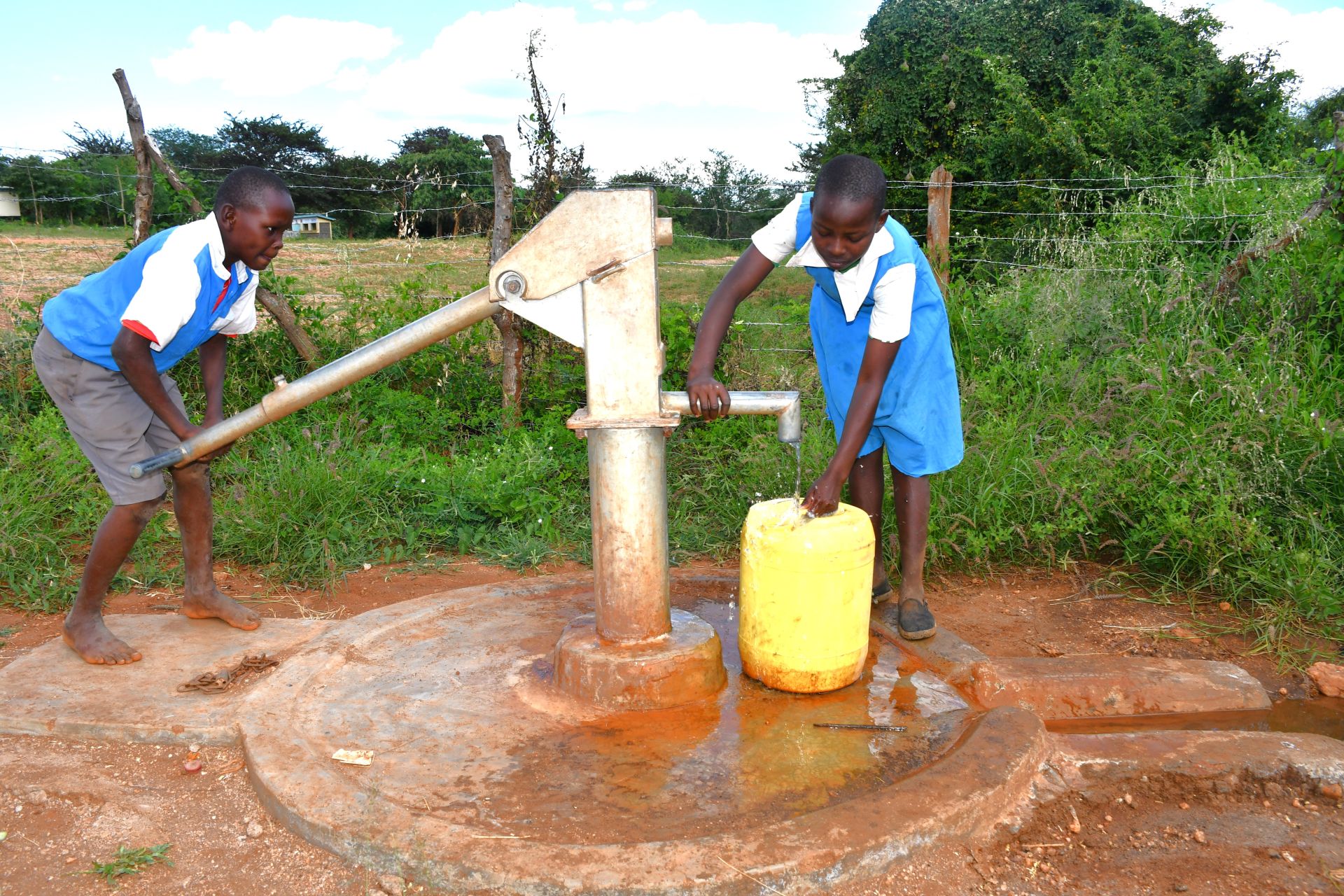
Students collect water from the seasonal, contaminated well that they can't drink.
He is very aware of the time sacrificed in the classroom. Searching for water must take top priority, but the results speak for themselves.
"Fetching water takes away a lot of time from learning. Sometimes, we are [asked] to bring water from home, forcing us to arrive late to school. This makes it hard to catch up, especially when exams come. I try my best, but it affects my performance and makes me feel like I’m always trying to catch up with the others," Mumo said.
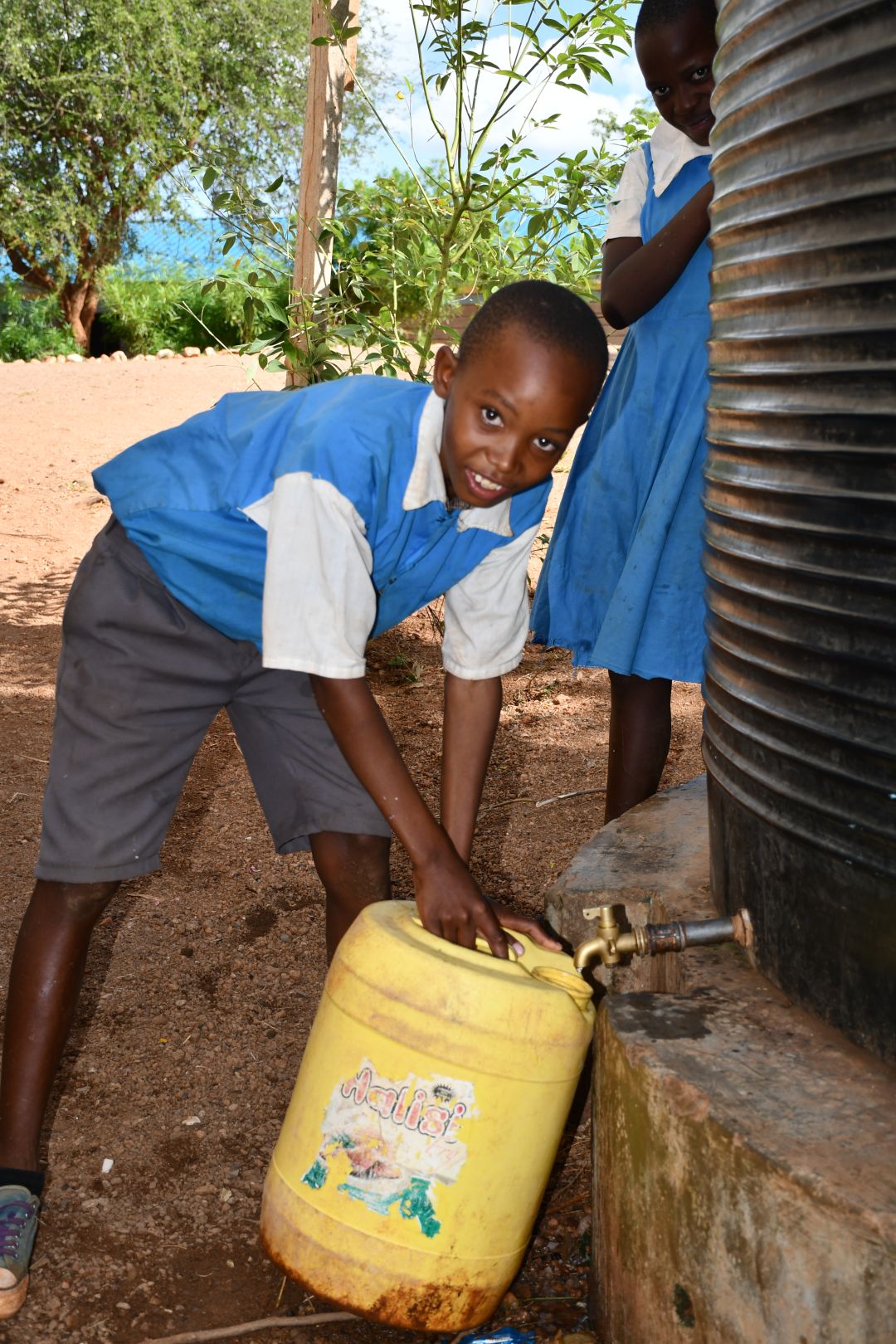
Mumo fills his jerrycan, while he can, at the raintank.
"When we are requested to bring water, I feel tired even before the day ends. The lines are long, and rivers are located far away. It’s frustrating and tiring, and when I come back to school, I find myself too exhausted to concentrate in class," Mumo lamented.
Families who are already stretched financially are often asked for even more to help cover the cost of water at school.
"Paying fees for water makes things really hard for my family. My parents already struggle to get money for food and my school uniform, so when the school asks for more money to buy water, they get stressed. Sometimes I am sent home to remind them to pay, and that makes me feel bad because I miss lessons and fall behind in class," he continued.
Without reliable, clean water access, Mumo will be unable to enjoy his days at school. His childhood will be over before he even has a chance to truly enjoy it.
But we have a plan.
Installing a large rain tank on campus will ensure that sufficient water is collected during the rainy season, allowing the campus to sustain itself throughout the year.

Mumo is young enough that he still has the capacity to dream, even through the water crisis. "In [the] future, I want to become an artisan. I enjoy using my hands and learning how to make things, and I believe that with good training, I can be really good at it," Mumo declared.
Field Officer Alex Koech was touched by the strain on the students and their families. He shared, "It was striking to hear from [those] who expressed concern about sending students home to remind parents to pay water-related fees—something that compromises learning and dignity alike. These moments, both tender and revealing, underscored just how deeply a lack of reliable, safe water affects not only education but the well-being and confidence of children and staff. It was a powerful reminder that access to clean water is more than a basic need—it is a foundation for learning, health, and human dignity."
With your support, Kisama’s students can trade the burden of water collection for the promise of learning — and Mumo’s dreams can finally take root.
Steps Toward a Solution
Schools without reliable, on-premises water access often rely on students to fetch and carry water, leading to rationing and uncertainty about water quality. The water is typically poured into a communal storage tank and used by the entire school. With children carrying water from all different sources, it is also impossible for teachers and staff to know exactly where the water comes from and how safe it is to drink.
A new water point will be located on-premises at the school to ensure accessibility, reliability, and safety for students, teachers, and staff while meeting our school coverage goals. Having water available at the school allows children to drink, wash hands, and use sanitation facilities without leaving school grounds, preventing disruptions to lessons and reducing safety risks. A dedicated source increases water availability, reduces reliance on stored water, minimizes rationing, and ensures confidence in the safety of the water. This means staff and students are healthier, and their lessons aren’t disrupted, contributing to a better education!
Our technical experts worked with the school leadership and the local community to identify the most effective solution to their water crisis. Together, they decided to construct a rainwater harvesting system.
Rainwater Harvesting System
A rainwater collection system consists of gutters that channel rainwater effectively into large holding tanks. Attached to buildings with clean, suitable roofing, these systems are sized according to the population and rainfall patterns. Water can be stored for months, allowing for easy treatment and access. Learn more
Handwashing Stations
Alongside each water source, we install two gravity-fed handwashing stations, enabling everyone at the school to wash their hands. Handwashing is crucial for preventing water-related illnesses within the school and community. Student “health clubs” maintain the stations, fill them with water, and supply them with soap, which we often teach them how to make.
School Education & Ownership
Hygiene and sanitation training are integral to our water projects. Training is tailored to each school's specific needs and includes key topics such as proper water handling, improved hygiene practices, disease transmission prevention, and care of the new water point.
To ensure a lasting impact, we support forming a student health club composed of elected student representatives and a teacher. These clubs promote hygiene practices schoolwide and keep handwashing stations well-stocked. This student-led model encourages a sense of ownership and responsibility.
Safe water and improved hygiene habits foster a healthier future for the entire school.
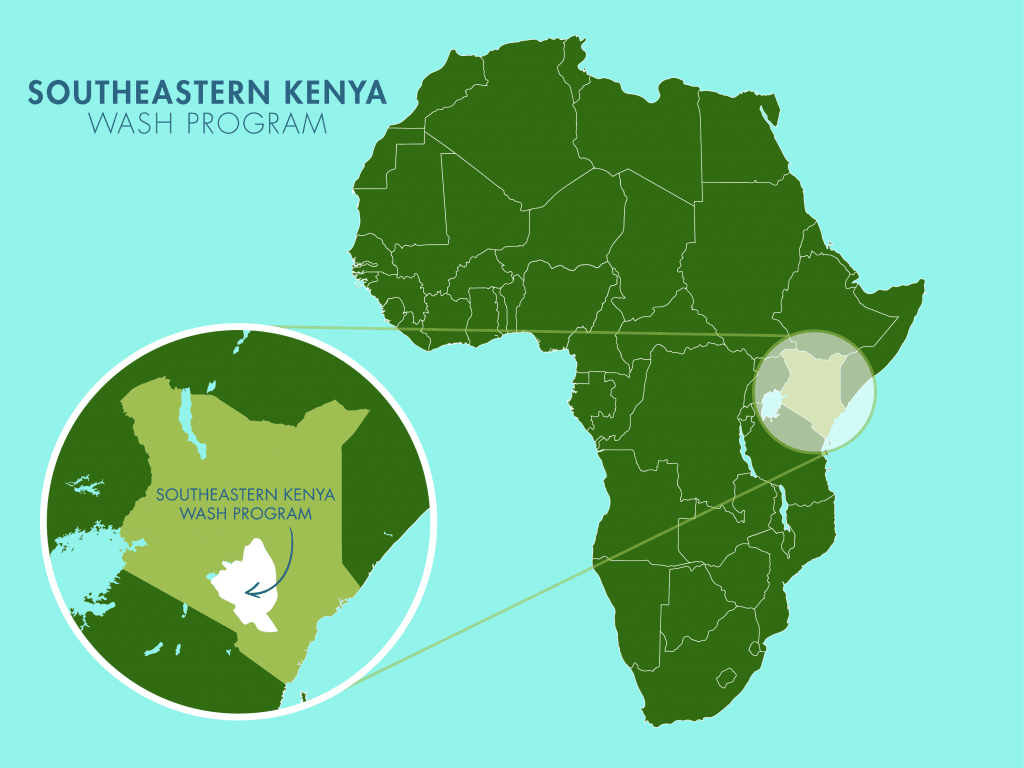
 Rainwater Catchment
Rainwater Catchment
 Rehabilitation Project
Rehabilitation Project





